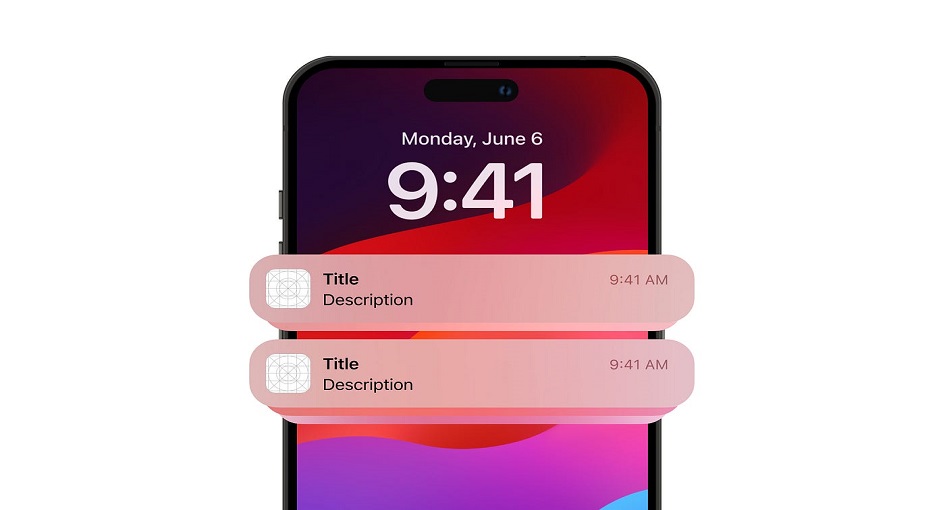
In today’s digital landscape, where online competition is fiercer than ever, website owners and marketers are continually seeking innovative ways to increase website traffic and engage their audience. Push notifications have emerged as a powerful tool in achieving these goals. This comprehensive guide explores how to leverage push notifications effectively to drive more traffic and boost user engagement on your website.
Before diving into implementation, it’s essential to grasp the basics of notifications. This chapter covers:
Notifications are real-time messages that websites or mobile apps send to users’ devices. Unlike emails or SMS, notifications appear directly on the user’s screen, even when they are not actively using the website or app. They are a highly effective way to grab users’ attention and encourage them to take specific actions, such as visiting your website or engaging with your content.
Notifications offer several benefits that make them a valuable tool for increasing website traffic and user engagement. Firstly, they enable instant communication with your audience. When you have important news, updates, or promotions to share, notifications to ensure that users receive the information promptly. Moreover, notifications have high visibility, as they appear prominently on users’ screens, making it difficult to ignore them. This can lead to increased click-through rates (CTR) and user engagement.

Creating compelling notifications is crucial to capture your audience’s attention. This chapter delves into:
The content of your notifications plays a pivotal role in their effectiveness. Messages should be concise, persuasive, and action-oriented. Start by defining a clear objective for each notification. Whether it’s driving traffic to a specific landing page, promoting a new product, or encouraging users to complete a certain action, your message should align with your goal. Use concise and compelling language that conveys the value or benefit users will receive by clicking on the notification.
Personalization is a powerful technique to enhance push notification effectiveness. Tailoring messages to specific user segments based on their behavior, preferences, or demographics can significantly increase relevance and engagement. For example, you can send personalized product recommendations to users who have previously shown interest in similar items. Additionally, using the recipient’s name in the notification can create a sense of individualization.
Timing and frequency are critical considerations in your push notification strategy. Sending notifications at the right time can have a substantial impact on user response. Avoid sending notifications during the early morning or late at night when users may find them intrusive. Instead, schedule notifications for times when your audience is most likely to be active and receptive. Furthermore, be mindful of frequency. Overloading users with notifications can lead to annoyance and increased opt-out rates. Striking the right balance between staying engaged and not overwhelming your audience is essential.

To effectively use notifications, you need a subscriber list. This chapter explores:
Building a subscriber list for notifications requires a strategic approach. Users should willingly opt-in to receive notifications, ensuring that your messages are well-received and compliant with privacy regulations. Opt-in strategies involve presenting users with clear and compelling reasons to subscribe. For instance, you can offer exclusive content, early access to promotions, or personalized updates in exchange for your subscription.
Permission-based marketing is a fundamental principle of notifications. Obtaining explicit user consent before sending notifications is not only ethical but also necessary to maintain a positive user experience. Users should understand what they are signing up for and have the option to opt-out at any time. Implementing a transparent and user-friendly opt-out process builds trust and compliance with data privacy laws.
Segmentation is a valuable practice for maximizing the impact of your notifications. By dividing your subscriber list into segments based on user behavior, preferences, or demographics, you can send targeted and relevant messages. For example, segmenting users who have abandoned their shopping carts allows you to send reminders or special offers specifically tailored to this group. Effective segmentation enhances user engagement and conversion rates.
Now that you have a subscriber list, it’s time to put notifications into action. This chapter covers:
Choosing a suitable push notification service is a crucial step in the implementation process. Several service providers offer varying features and pricing plans. Factors to consider when selecting a provider include ease of integration with your website or app, customization options, reporting and analytics capabilities, and scalability to accommodate your growing subscriber list. Popular push notification services include OneSignal, Pusher, and Firebase Cloud Messaging.
Integration is the technical process of connecting your website or mobile app to the chosen push notification service. Integration typically involves adding code snippets or plugins provided by the service to your platform. Detailed step-by-step guides and documentation are usually available to assist with this process. Ensure that your push notification service is seamlessly integrated into your digital infrastructure to facilitate the delivery of notifications to your subscribers.
A/B testing is a valuable technique for optimizing your push notification strategy. By creating multiple versions of a notification and sending them to different segments of your audience, you can determine which messages and strategies yield the best results. A/B tests can focus on various elements, such as message content, timing, or personalization. Analyzing the performance of these tests allows you to refine your approach continually.
In conclusion, push notifications in your digital marketing strategy can significantly impact your website’s traffic and user engagement. By understanding the fundamentals of notifications, crafting engaging messages, building a subscriber list, implementing them effectively, and analyzing results, you can harness the full potential of this tool to boost your online presence and create a loyal and engaged audience. As website owners and marketers, embracing notifications is not just an advantage—it’s a necessity for ensuring your websites thrive in the competitive online landscape.